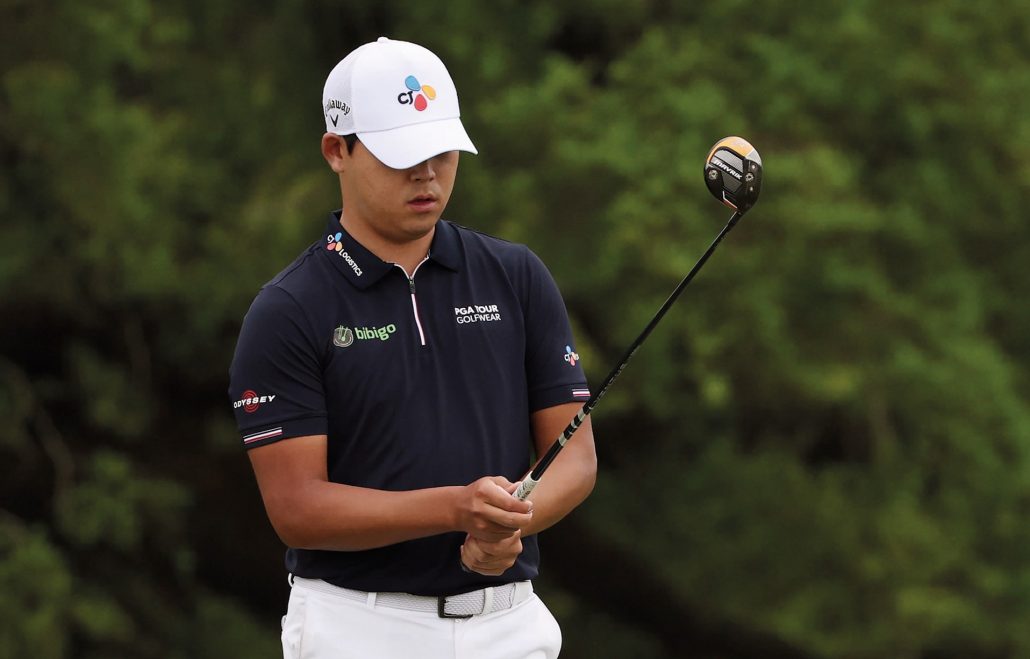If the driver is the most glamorous club in your bag, your fairway wood is probably your go-to grafter – an unheralded worker club that gets the job done with very little fuss.
It’s been around 15 years since hybrid clubs burst on to the golfing scene. The easy-to-hit mixture between a fairway wood and a long-iron – now present in most golf bags across the world – was expected to signal the death of both its composite clubs. Yet while long-irons have become something of a rarity, the little brother of your longest club has survived the mass culling and remains one of the most reliable clubs in the bag – and here’s why.
Today’s fairway woods make use of all the technology that goes into your driver, meaning they offer improved stability and more power across the whole of the clubface.
Like with your driver, manufacturers are moving discretionary weight away from the crown and positioning it as far back and low down as possible. It’s all about increasing the club’s moment of inertia (resistance to twisting on off-centre hits), which will improve the club’s forgiveness by increasing the size of the sweet spot, and improving the launch angle through its increased dynamic loft.
This versatile addition to your golf bag gives you a more reliable option off the tee and is infinitely easier to hit off the deck than a long-iron. In short, fairway woods are the solid and reliable backup clubs that can be turned to for more intelligent tee shots – and hopefully more greens in regulation.
From the tee box
The fairway wood is a great option to use off the tee when faced with a short, narrow par four. Since there is more loft on the face of a fairway wood as opposed to a driver, you should impart more backspin on the ball. More backspin means less sidespin and less sidespin means straighter shots.
Of course, you need to remember that shots into the wind with a fairway wood are likely to balloon higher due to the increased backspin.
From the fairway
The fairway wood has a larger clubhead than an iron and provides greater stability because it is less likely to twist through impact when hit towards the heel or toe. This not only makes it easier to hit but also helps in hitting the ball straighter than a long-iron.
Our top three fairway wood tips
1. Unlike the hybrid or the long-iron, the fairway wood shot requires a much shallower angle of attack – although the best players in the world may still take a divot with their fairway woods, a better idea is to try to sweep the ball off the turf with a flatter swing that barely touches the grass.
2. The position of the ball in your stance is crucial. Make sure it is a touch forward of square, lining it up with the inside of your left heel (for right-handers). Sweep the clubhead back along the ground to create extension in your backswing. Your hip and shoulder turn will lift the club off the ground (instead of picking it up with your arms).
3. Let the loft do the job for you. Fairway woods have plenty of loft, so don’t try to help the ball into the air. Simply swing the club along the ground through on the ball and watch it fly.
– Product reviews of the latest fairway woods appeared in the September 2021 issue of Compleat Golfer magazine.









